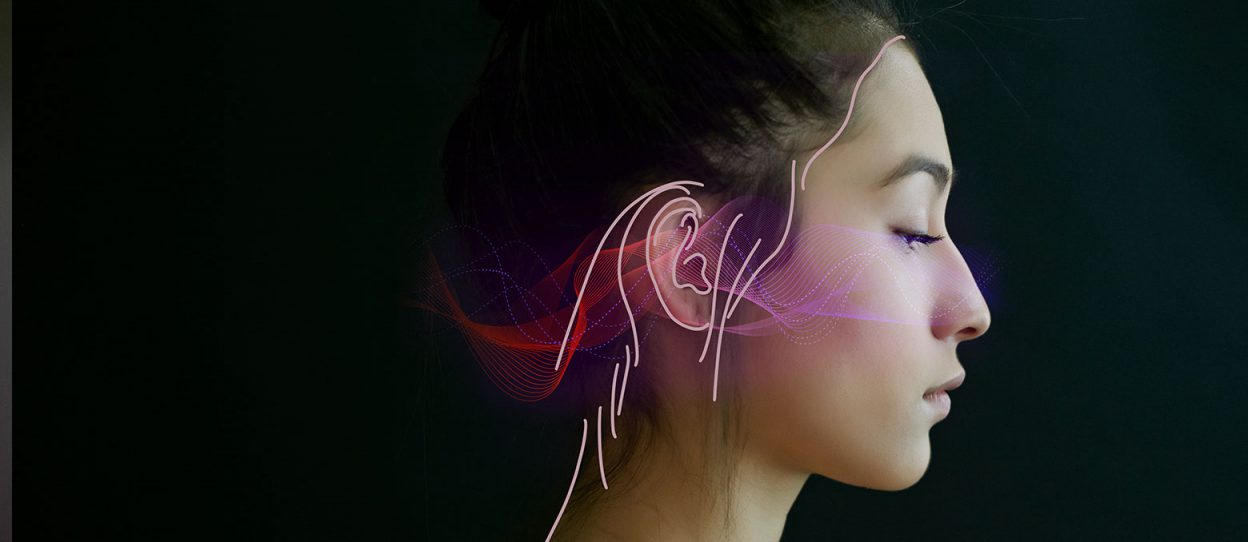
Improving communication with face masks
The use of masks and increased distancing while talking because of the coronavirus pandemic is a unique challenge that can be very frustrating even for people with normal hearing. But for the hard of hearing it can prove especially difficult. Signia offers flexible solutions for you as a Hearing Care Professional (HCP) to optimize speech intelligibility in this “new normal” world. This new audiology bulletin explains the adverse effects of masks and social distancing on speech understanding and how HCPs can improve their clients’ hearing experience with the right advice and program settings in Connexx.
Read more









